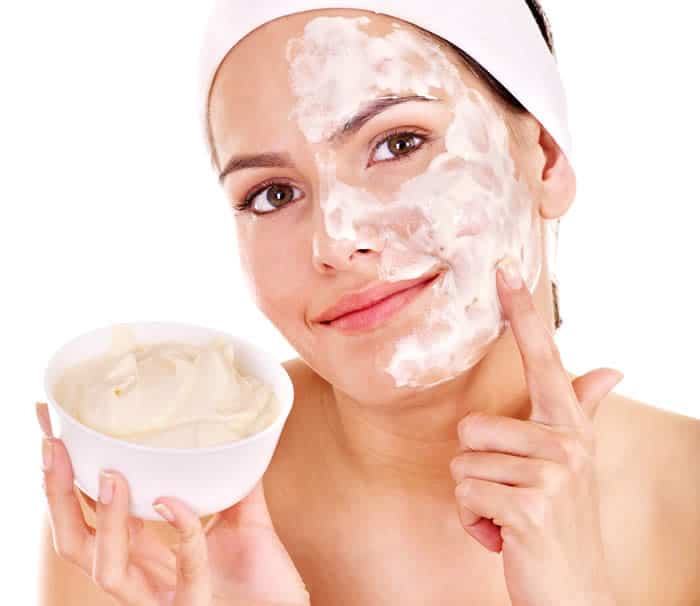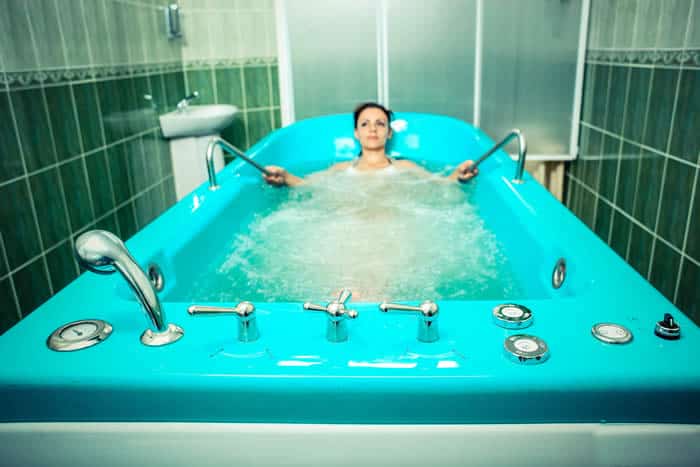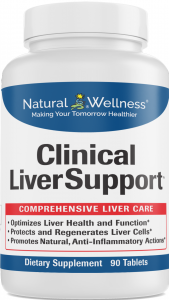

Some methods of detoxification are obvious. Even Joe Sixpack can recite the basic ingredients of clean living:
- Exercise
- Healthy Diet
- Herbal Tea
- Taking a supplement that is proven to detox your body
But detoxing is more than a pushup or an extra glass of orange juice. There are three other methods of detoxification that you neglect at your peril.
Want to live a healthier life? Check out these three hidden ways to detox your body.
1) Exfoliate Your Skin

Dirt and oil accumulate in our pores, and that’s just a fact of life. It makes no difference who you are – man, woman, good skin, bad skin – so long as you have a face. Exfoliating your skin can do wonders for your complexion and significantly improve your mood.
“Some people think that they don’t need to clean their face at night because they don’t wear makeup–this is a fallacy,” says Dr. Debra Jaliman, a dermatologist and the author of Skin Rules: Trade Secrets From a Dermatologist. According to Dr. Jaliman, it’s important to wash your face in the morning and at night to remove bacterial buildup.
Your skincare regimen should begin with a cleanser that contains salicyclic or glycolic acid. For oilier skin, you may want to add an acid-based toner, which removes whatever fragments your cleanser may have missed (you can use witch hazel to soothe any redness afterwards). Once you’ve cleansed, you can start exfoliating.
For sensitive skin, mild botanicals are recommended. For stronger skin, you can try exfoliating cloths, such as muslin, or microbead-filled scrubs (always go for natural microbeads, as the plastic kind is terrible for the environment).
If you want to really treat yourself, use a facemask once a week to make your skin glow.
2) Hydrotherapy

There is a fancy way and a cheap way to achieve hydrotherapy. Both will knock the toxins out of your body. The cheapest hydrotherapy on the market? Drink more water.
The benefit of drinking enough water is criminally underestimated in our soda-saturated world. It aids metabolism and increases your blood flow, which is good for your kidneys, colon, and lymphatic system. Water is everywhere—so if you’re not drinking enough of it, you have no excuse.
Spending time in a dry or steam sauna before exposing your body to cold water is a great way to shock your system into shape. In a sauna, your body temperature rises, stimulating sweat and the elimination of toxins. A steam sauna will open your airways and improve respiration and circulation. Both types of saunas will get your heart beating faster, which heightens circulation and the flow of toxins from your organs.
Then comes the cold plunge. After the heat of the sauna opens your pores, the cold constricts them, as well as your blood and muscles. This squeezes blood and lymph out of your system in order to make room for fresh, oxygenated blood.
If you don’t have access to a sauna, you can achieve a similar contrast between hot and cold by varying the temperature in the shower. Don’t flip back and forth willy-nilly; begin at a lukewarm baseline, then switch over to cold. Repeat this switch about seven times, each time getting a little hotter and a little colder. Be careful not to scald yourself.
3) Purify Your Air

“Hold on just one doggone second,” you say. “I don’t live in a coal factory. Why do I need to purify my air?”
The answer to that question comes straight from the U.S. Environmental Protection Agency.
Their research has shown that pollutants inside your home are often two to five times higher than typical outdoor concentrations. Where do these pollutants come from? These are the biggest culprits:
- Synthetic Building Materials
- Furnishings
- Personal Care Products
- Pesticides
- Household Cleaners
That’s on top of the ubiquitous dust and airborne toxins that are present in every home.
That’s a nasty state of affairs, but fret not. Purifying the air in your home is much easier than you think. You don’t need to get a big, expensive machine designed by NASA to sort the gunk out of your oxygen. A houseplant can do that for you.
“Houseplants can purify and rejuvenate air within our houses and workplaces, safeguarding us from any side effects associated with prevalent toxins like ammonia, formaldehyde and also benzene.” That quote is from a study conducted by none other than NASA itself. Peace lilies are one of the best plants to filter toxins and extremely easy for first-time plant owners to care for. (Just be sure to keep them out of reach of cats and dogs, since plants from the lily family can be toxic to your furry friends.)
Another simple trick for cleaning the air is remembering to vacuum your carpets at least once per week. And that’s just the tip of the iceberg. After you shower, make sure to ventilate the bathroom until all moisture has evaporated. That will reduce buildup of mold and mildew. If you like candles, ditch the petroleum-based paraffin variety for those made from soy and beeswax. This will cut down on toxins. You can also try essential oils, which not only smell lovely but have been shown to combat airborne irritants. Activated charcoal doesn’t smell like anything but it is highly absorptive and is a natural air purifier.
Editor’s Note: Learn more about removing toxins from your body with Clinical LiverSupport!

Learn more: This article explains how NAC works as an antioxidant for detoxification.




